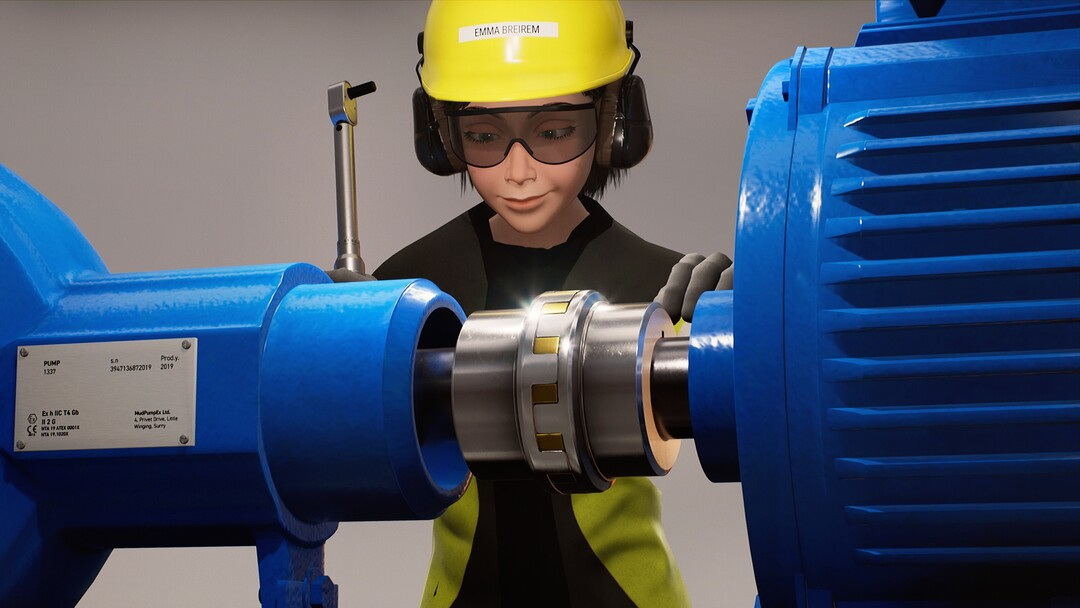
Damage to the heating cable may occur during disassembly/reassembly and insulation of the heating cable. This applies primarily to different types of self-regulating Raychem, mostly BTV2-CT and KTV2-CT cables. According to IEC 61892, splicing a heating cable is not allowed. But which rules apply to repair? Are you allowed to repair damage in the outer sheath with e.g. a shrink-fitting sleeve with glue? What about the use of vulcanizing tape, which in practice seals really well? This only applies to “fresh” damage. Older damage, where the cable may have drawn in damp over time, must of course be replaced.
Would like a reference to regulations/norms and not just a manufacturer’s installation guide. The following is stated in the Pentair installation procedure: 'Do not perform repairs on a damaged heating cable. Remove the entire damaged part and splice on a new cable length using the appropriate splice kits from Pentair Thermal Management."" Here they say that the cable can be spliced, while IEC 61892 says that a heating cable should NOT be spliced.
This question was originally asked in Norwegian on the trainor.no Forum and has been translated.
 Solved
Solved

We’ve created eLearning that is more than just a tick box exercise. Trainor has combined remarkable 3D visuals, gaming technology and engaging script-writing with subject matter technical expertise and innovative approaches to learning to create impactful solutions. Read more.


 Helpful answer
Helpful answer

Register and get answers to all your safety related questions.
Already a member?
Log in

You are currently banned from posting.

Register and get answers to all your safety related questions.
Already a member? Log in
Do you need certification, training or courses in electrical safety? Whether you choose e-learning, a webinar or an instructor-led course from Trainor, the course is created by the best possible industry expertise. All for the benefit of your learning and safety.